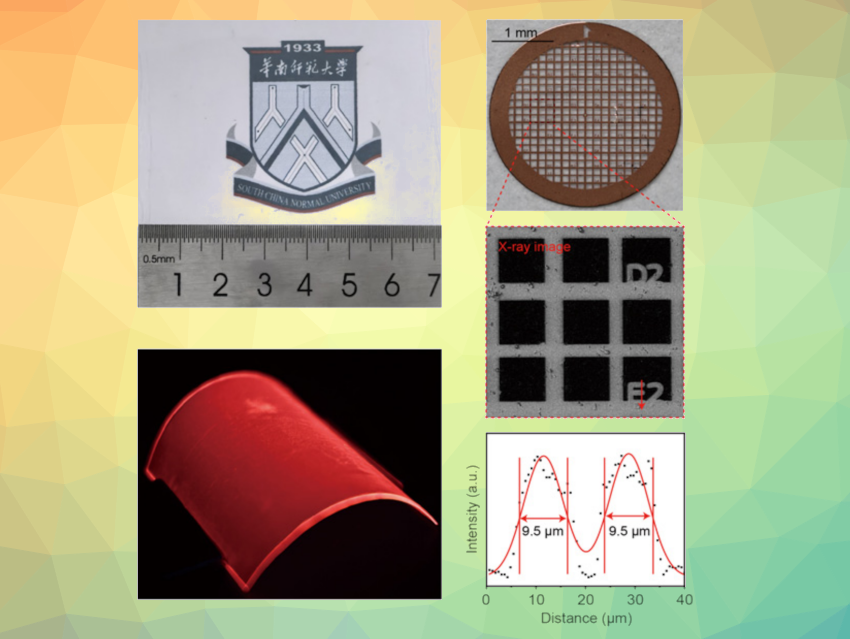Scintillators that convert ionizing radiation into low-energy photons are important in medical diagnostics and industrial materials inspections. Despite advances in X-ray scintillators, it has remained challenging to achieve high efficiency, stability, flexibility, and environmentally friendly properties in the same material.
Si Zhou, Kezhi Zheng, South China Normal University, Guangzhou, China, and colleagues have developed a new type of europium(III)-based hybrid ternary complex scintillators for improved X-ray detection and imaging.The team used 1,10-phenanthroline (Phen) and 2-thiophenecarbonyltrifluoroacetone (TTA) as ligands to obtain complexes of the type Eu(TTA)3Phen. Due to synergistic interactions between the dual organic ligands and lanthanide ions, this complex demonstrates high radioluminescence and light yield under X-ray excitation.
The synthesized complex an X-ray detection limit of 19.97 nGy s−1, which is well below typical radiation doses used in medical diagnostics. The complex also shows excellent thermal stability and photostability, with minimal degradation even after extended X-ray exposure. The team combined the complex with flexible polymer matrices (Polymethyl methacrylate, PMMA) to obtain a high-transmission Eu(TTA)₃Phen-PMMA composite film for X-ray radiography. The resulting composite provides high spatial resolution and high image quality.
- Efficient and Robust Europium(III)‐Based Hybrid Lanthanide Scintillators for Advanced X‐ray Imaging,
Yimei Zhang, Tili Du, Han Duan, Binqi Chen, Jiahui Zhang, Qin Xiao, Geng Chen, Dongxin Guo, Hong Liao, Si Zhou, Kezhi Zheng,
Angew. Chem. Int. Ed. 2025.
https://doi.org/10.1002/anie.202423155




